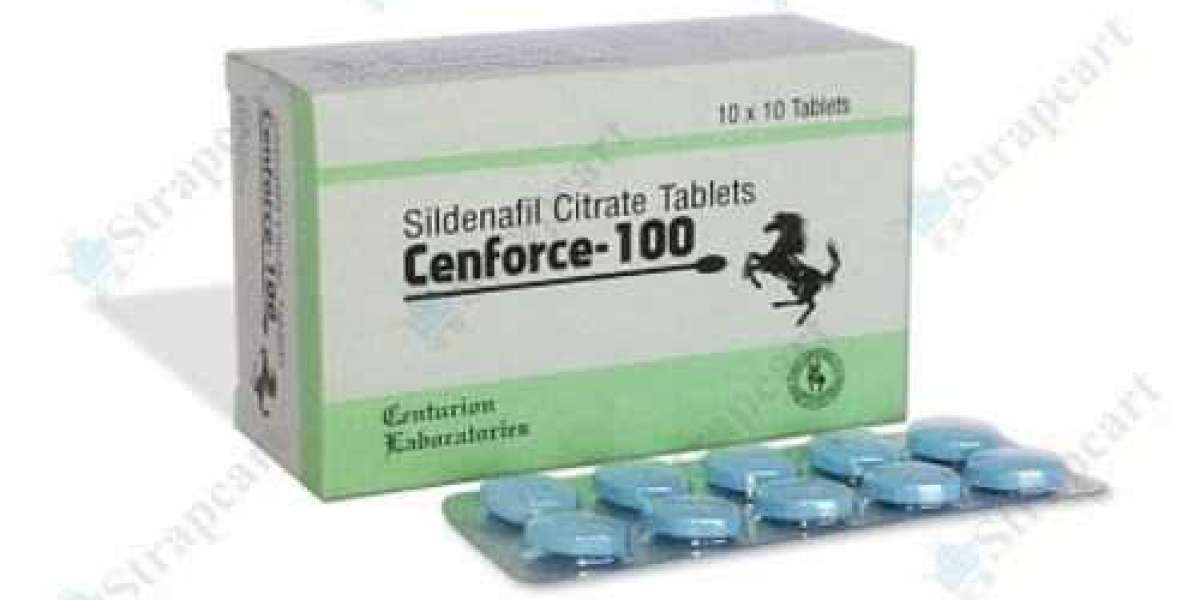Large health plans with thousands of members process thousands of claims monthly, and the covered charges are significant. It's why auditing claims is a crucial function and one that more than pays for itself. The best medical claim auditing firms today flag overcharges eligible for recovery that total four times the audit price. With results as impressive as those, it's not hard to see why in-house plan managers routinely schedule audits. Since the coronavirus pandemic, some are even taking the added step of monitoring claim payments continuously – it runs on the same auditing software.
Today's emphasis on more frequent audits is far from the old days when most were done only to comply with government regulations under ERISA or Sarbanes-Oxley. One of the most crucial turning points was the advent of 100-percent claim reviews. It revolutionized the industry and was a quantum leap versus the former random-sample methods. Technological advances, most notably the development of more sophisticated software, ushered in the new era. As a result, audit accuracy has made significant gains in recent years, and no stone is left unturned as claims are double-checked.
The other driver of an increased emphasis on claims auditing has been the trend in outsourcing claim processing and payments to third-party administrators. They also operate on sophisticated technology platforms, but mistakes can (and do) occur. The value of independent auditing is unquestioned no matter how strong a TPAs performance guarantees. Even an error rate of a couple of percentage points can hurt plan budgets, and an audit check can help keep things on track. Oversight is a plan sponsor's best method of retaining ultimate control and is an excellent management tool.
Much has changed in the wake of the coronavirus pandemic, and one area is a larger embrace of continuous monitoring of claim payments. Self-funded plans took an enormous, unexpected hit with COVID-19-related medical and prescription costs for members. They tended to be rife with overcharges and questionable feels for routine services. Plans that were continuously monitored were better able to address the issues and, by doing it in real-time solved problems before they become out of hand. It made a stronger than ever case for continuous monitoring service, which also is a budget-neutral function.














